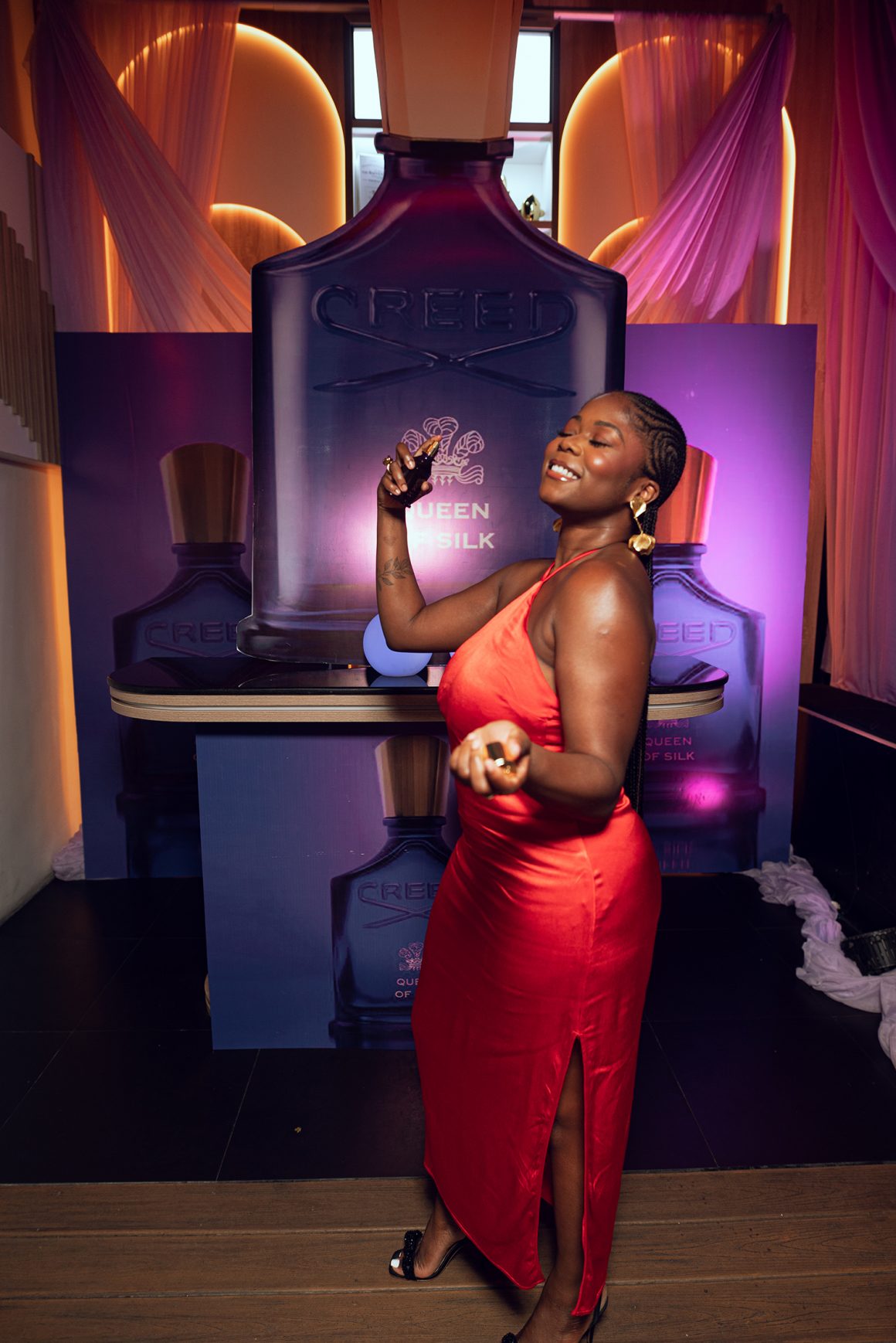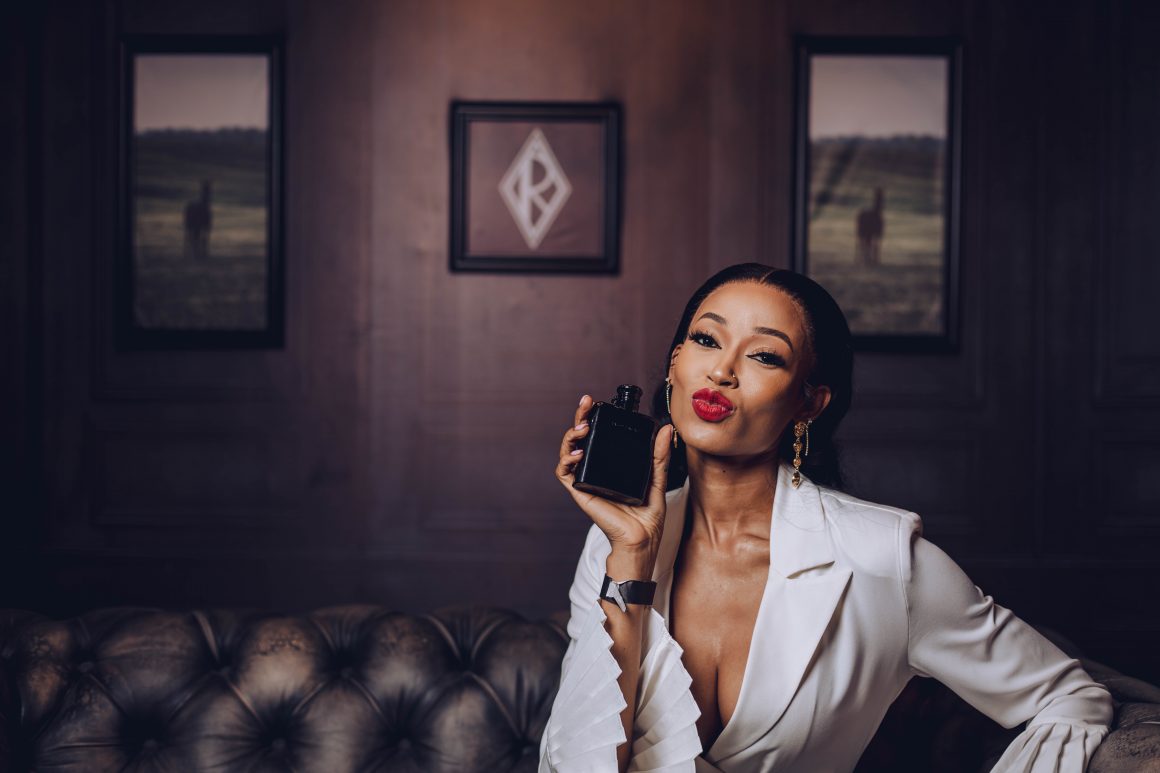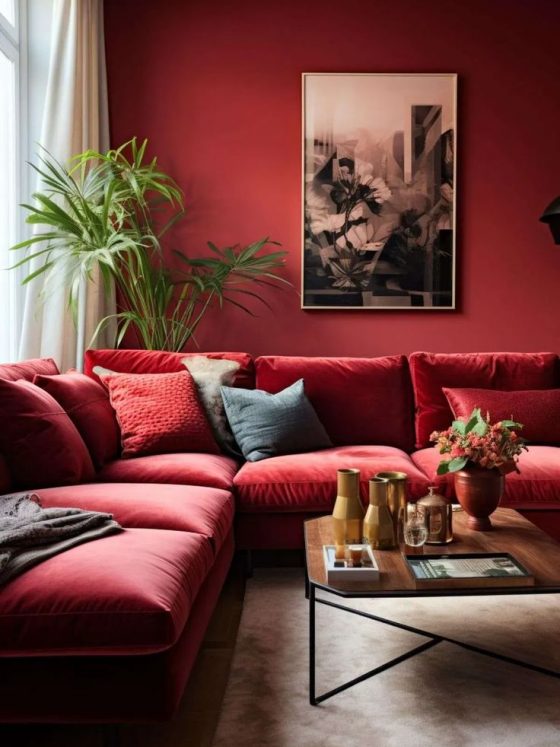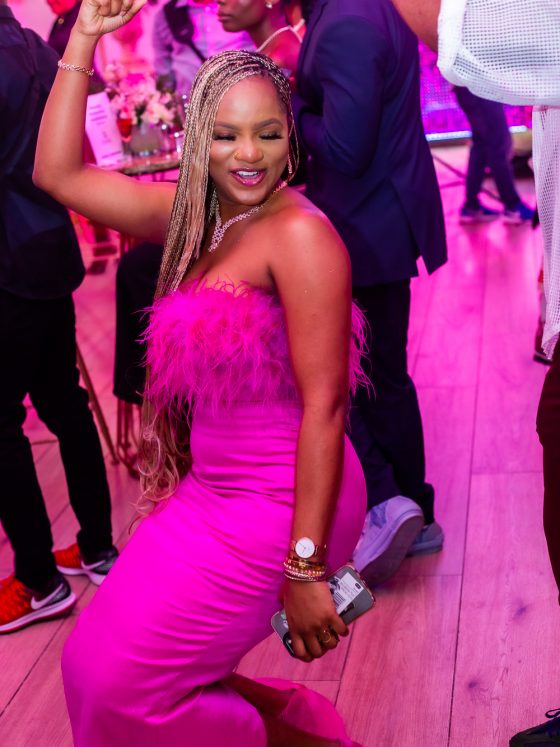When it comes to leaving a lasting impression, nothing does the job quite like a well-chosen fragrance. But have you ever wondered how some people seem to have a scent that’s uniquely their own, a blend that’s both subtle and striking, making you lean in just to catch a whiff? The secret isn’t just in the perfume they wear—it’s in how they layer their scents. Mastering the art of scent layering is a game-changer, allowing you to create a personalised fragrance that lingers beautifully. Here’s how to do it like a pro.
Start with a Clean Slate
Before diving into the world of scents, it’s essential to start with a clean, moisturised body. The truth is that fragrance lasts longer on hydrated skin, so after your shower, make sure to apply an unscented or lightly scented moisturiser. This not only preps your skin for the perfume but also ensures that the scent adheres better and lasts longer. Some experts recommend using a body oil for an extra dose of moisture, which can act as a subtle base layer for your fragrance.

Choose Your Base Note
The first step in layering is choosing a base note that sets the foundation for your scent. This is typically a heavier, richer scent that can be worn alone or as the first layer of your fragrance cocktail. Think of deep, warm notes like vanilla, musk, sandalwood, or amber. These scents are grounding and tend to last the longest, giving your overall fragrance a solid base.
When selecting your base note, consider what type of mood you want to convey. Do you want something cosy and inviting? Opt for a creamy vanilla or warm amber. Looking for something a bit more sensual? Musk or sandalwood could be your go-to. Apply this scent directly to your pulse points—wrists, behind the ears, and at the base of your throat—where your body heat will help to diffuse the fragrance throughout the day.

Add a Middle Note
Now that you have your base, it’s time to add a middle note. The middle note, or heart note, is the core of your fragrance. It’s what gives the scent its personality and character. Florals like rose, jasmine, or lavender are popular choices, as they add a touch of elegance and softness. However, don’t shy away from spices like cinnamon or clove if you’re in the mood for something more exotic.

Finish with a Top Note
The top note is the final layer, the first thing people will notice when you walk into a room. These are usually lighter, more volatile scents that fade faster, so they need to be refreshed throughout the day. Citrus notes like bergamot, lemon, or grapefruit are excellent choices for a fresh, invigorating finish. Spray your top note lightly over the other layers, focusing on areas like your hair or clothing where the scent can be easily picked up. Be careful not to overdo it—this layer is meant to be the finishing touch, not the main event.
Don’t Forget the Unexpected Layers

If you want to elevate your scent game, consider layering unexpected elements. For instance, a scented hair mist or body oil can add an extra dimension to your scent profile. Even your body wash or deodorant can contribute to the overall fragrance. Just be sure to choose products that complement your chosen scents rather than compete with them.
Trust Your Nose
The most important rule of scent layering is to trust your own nose. Don’t feel constrained by traditional fragrance rules—mix and match until you find a combination that feels uniquely you. Fragrance is deeply personal, and what smells amazing to you is ultimately what matters most.

Final Spritz
Once you’ve layered your scents, give yourself a final spritz—a light mist over your hair or clothes. This not only ensures your scent will last but also allows the different notes to meld together seamlessly, creating a beautiful, cohesive fragrance that is distinctly yours.












